Imagine scribbling down a sentence like “A lone astronaut gazes at Earth from the moon, awestruck by its beauty,” and witnessing it instantly transform into a captivating video filled with the vastness of space, the silent wonder of exploration, and the breathtaking sight of our blue planet. Well, buckle up, because that’s the magic OpenAI’s newly launched project, Sora, aims to bring to life.
Sora isn’t your average text-to-image generator. Think of it as a next-generation storytelling tool, capable of weaving intricate narratives through the power of text descriptions. It transcends static pictures, generating dynamic videos up to a minute long with surprising realism and complexity. Want a bustling marketplace bustling with colorful characters? Describe it, and Sora paints the scene. Yearning for a heart-wrenching scene of a robot saying goodbye to its human companion? Craft the words, and watch the emotions unfold.
While still in its research phase, Sora’s potential applications are vast. Artists can envision impossible scenes, animators can rapidly prototype ideas, and educators can bring historical events to life with a new level of immersion. Even casual users can indulge in their creative whims, conjuring up anything from funny skits to personal visualizations.
Of course, with such power comes responsibility. OpenAI acknowledges the potential risks associated with AI-generated video, such as misinformation and harmful stereotypes. That’s why they’re actively seeking feedback from “red teamers” and creative professionals to identify and mitigate these risks before a wider release.
Sora’s arrival marks a significant step forward in AI’s ability to understand and manipulate the visual world. While the current focus is on short videos, the future holds exciting possibilities for longer narratives, interactive experiences, and even personalized video games.
So, the next time you’re struggling to express an idea, remember: the future of storytelling might just be a well-crafted sentence away. With Sora’s magic, words could soon become the brushstrokes that paint moving pictures, limited only by the vastness of our imagination.

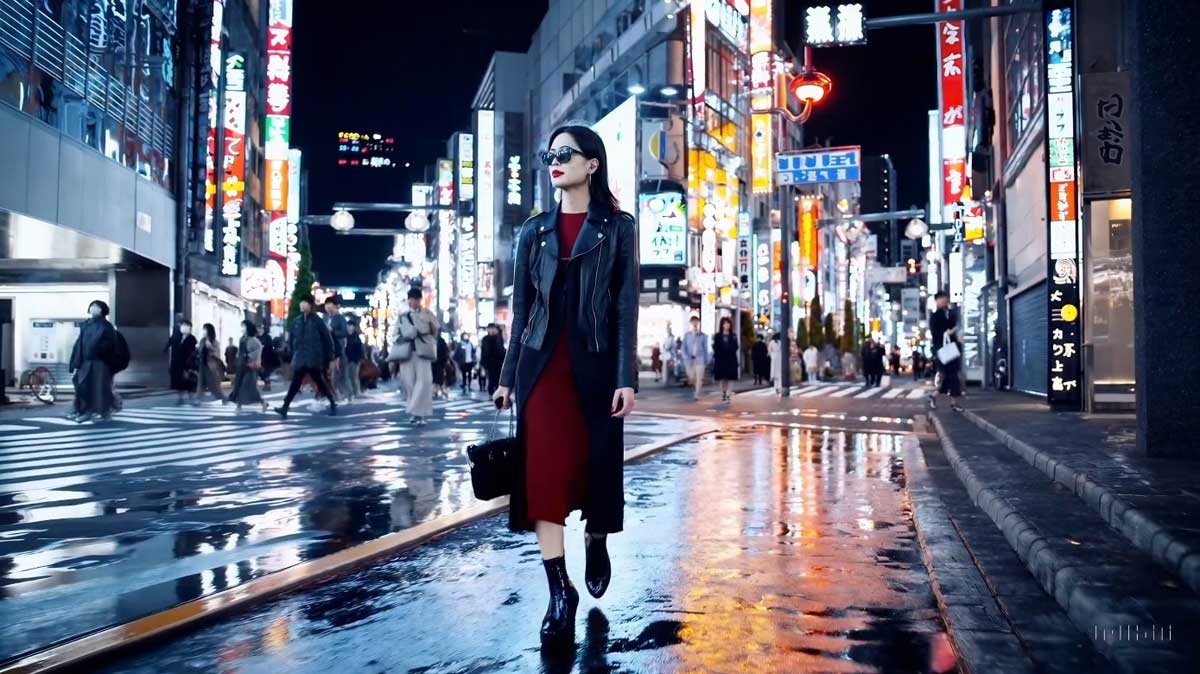
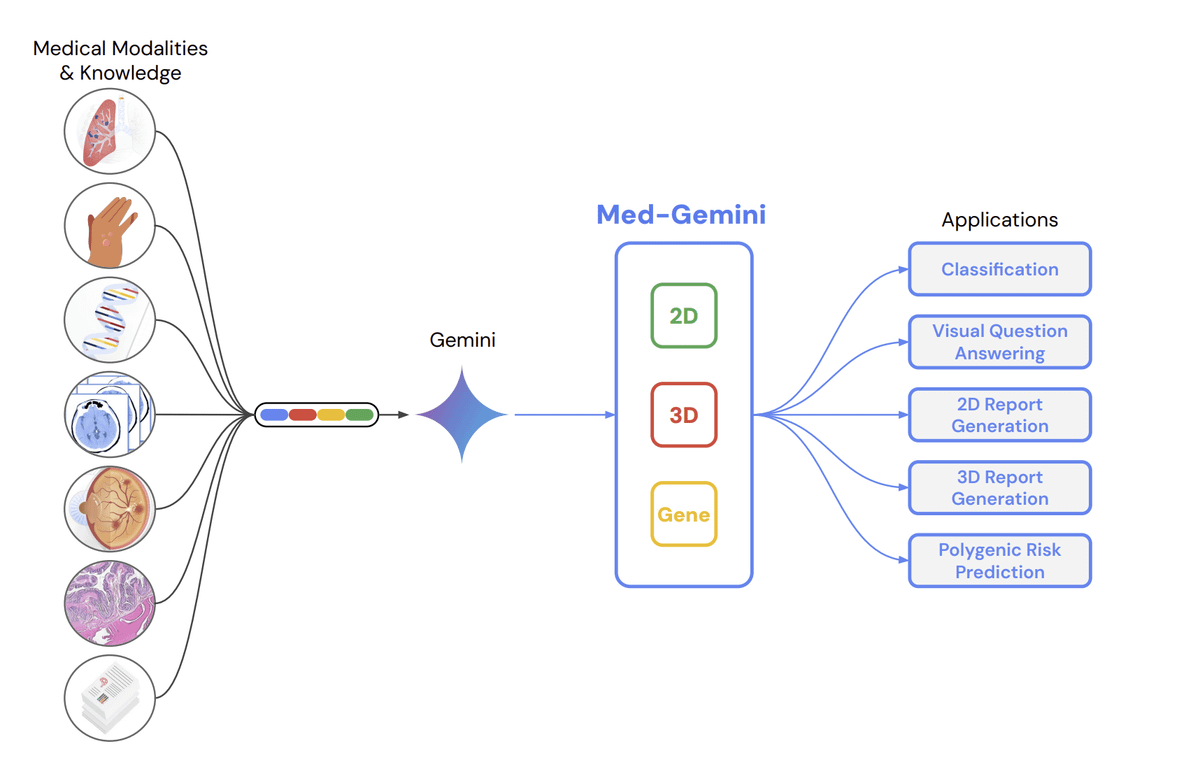
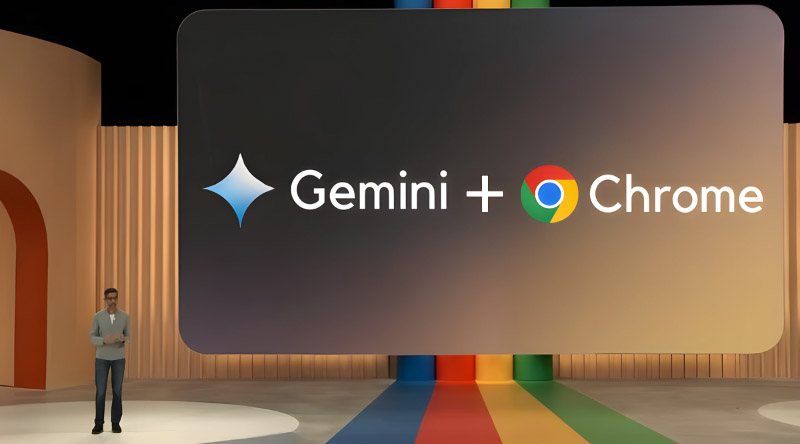
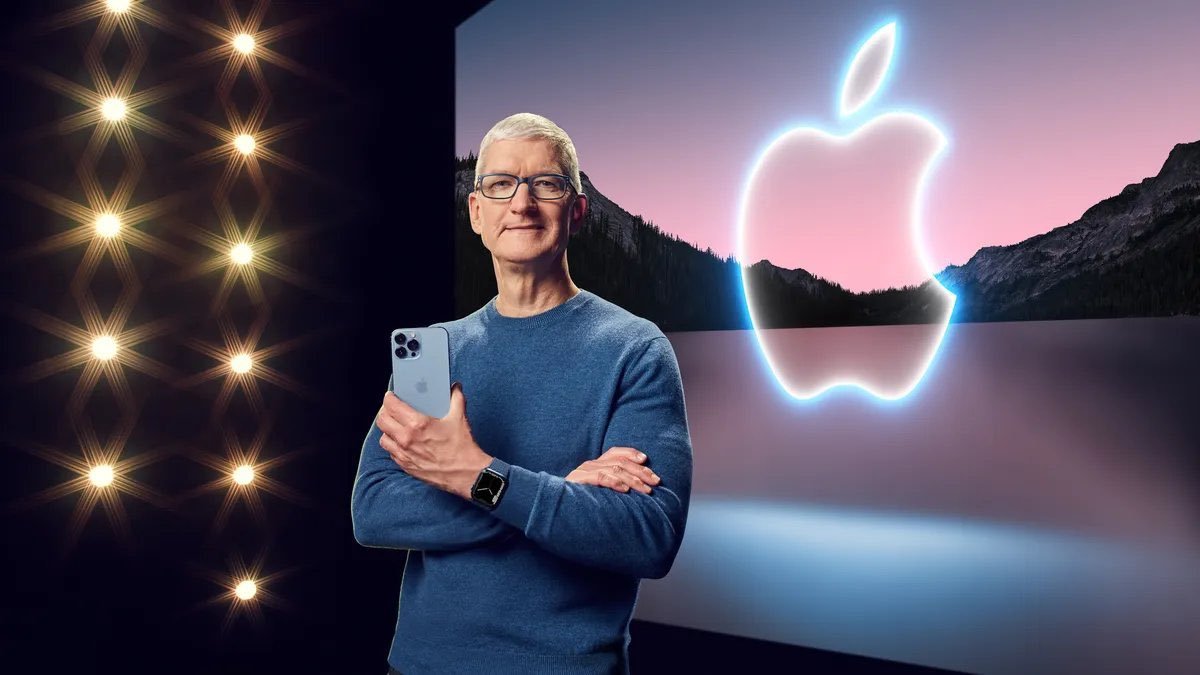
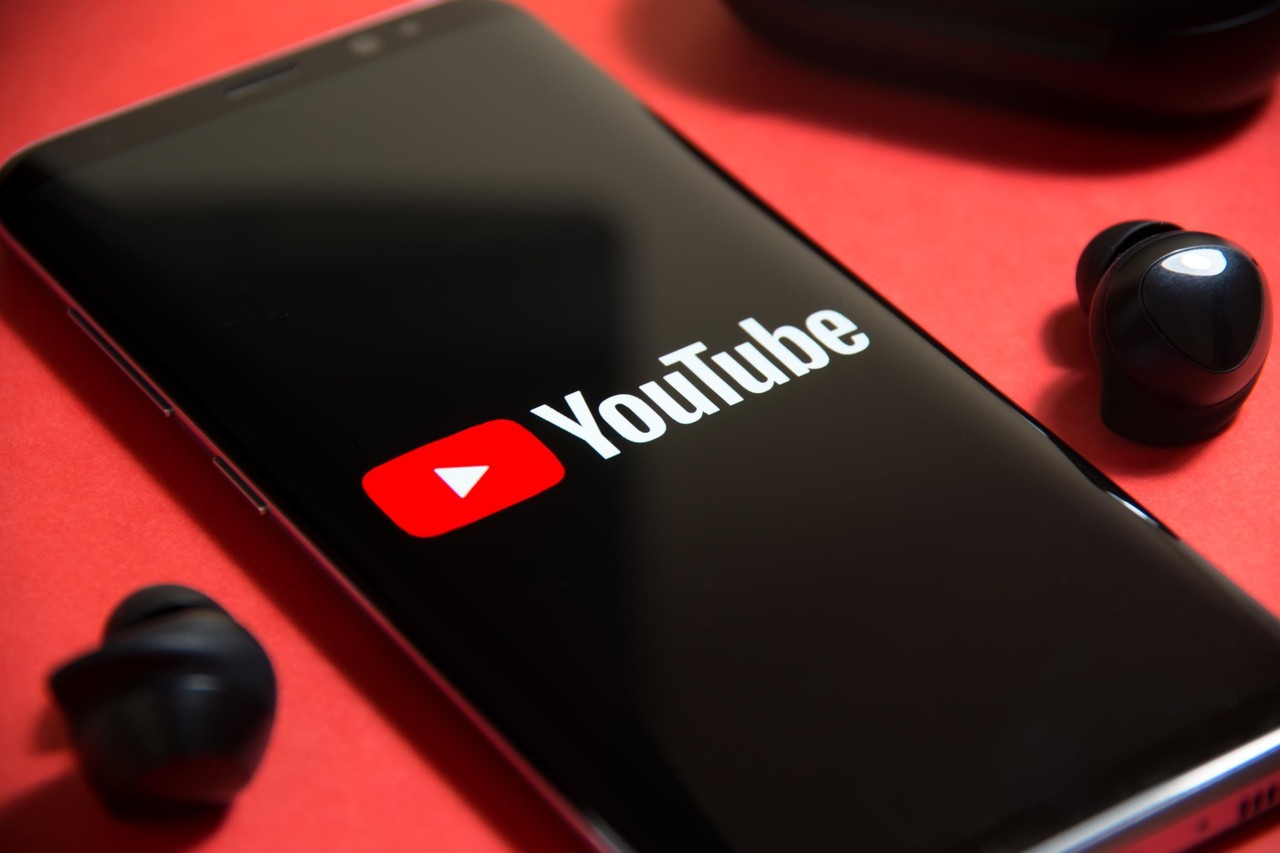
Leave A Comment